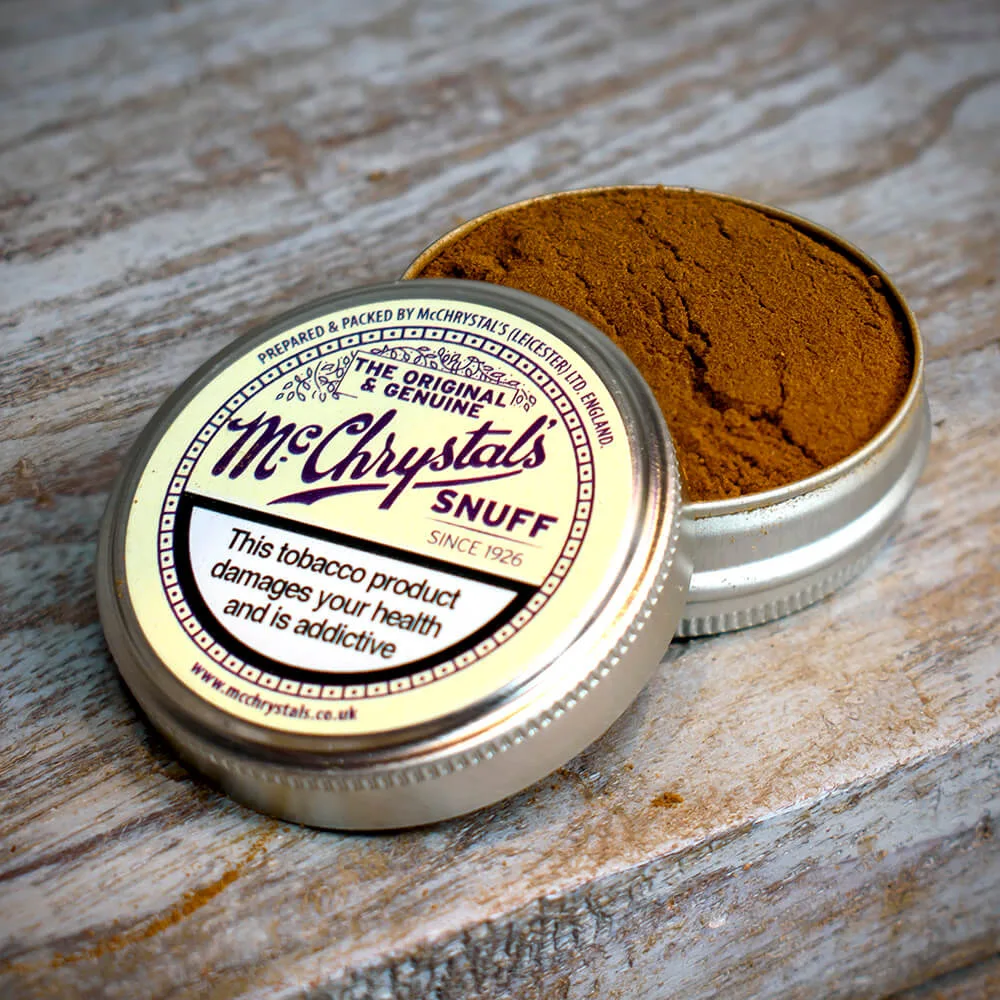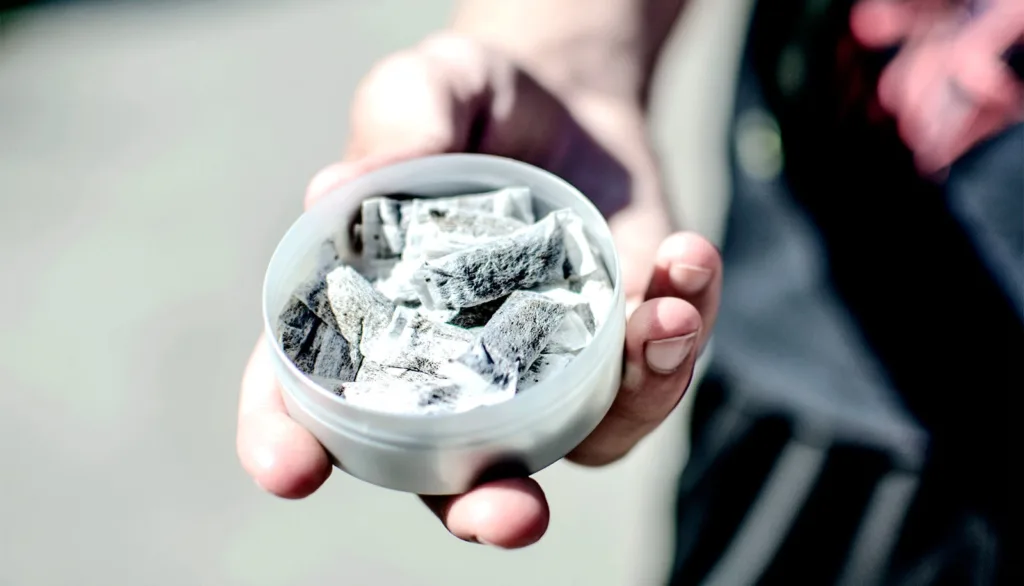
In the United Kingdom, the sale, purchase, and use of snuff are legal. Unlike many other tobacco products, snuff has not been subject to the same stringent restrictions as cigarettes or smokeless tobacco.
However, it is still regulated under the Tobacco and Related Products Regulations 2016, which implements the EU Tobacco Products Directive (TPD) into UK law. This legislation governs the manufacturing, presentation, and sale of tobacco products, including snuff, ensuring that they comply with specific standards.
What is Snuff?
Snuff is a finely ground or powdered tobacco product that is typically inhaled or “sniffed” through the nose. Unlike other forms of tobacco, snuff is not smoked, and its use dates back centuries.
Originally, snuff was popularised in Europe in the 17th century, having been introduced from the Americas, where it had been used by indigenous peoples. Snuff can come in different forms, including dry snuff, which is often flavoured and consumed in small quantities, and moist snuff, which is usually placed between the lip and gum.
Popularity in the UK
In the UK, snuff enjoyed significant popularity, particularly among the aristocracy and the elite, during the 18th and 19th centuries. It was often considered a sophisticated alternative to smoking tobacco. Although its use has declined over the years with the rise of cigarettes and other forms of tobacco, snuff remains a niche product with a dedicated following. Today, it is viewed more as a historical curiosity or a traditional habit rather than a mainstream tobacco product.
Current UK Legislature on Snuff
The sale and distribution of snuff in the UK are overseen by several regulatory bodies. The Medicines and Healthcare products Regulatory Agency (MHRA) and the Department of Health and Social Care are key authorities responsible for ensuring that tobacco products meet safety and quality standards.
Additionally, the Advertising Standards Authority (ASA) regulates how tobacco products, including snuff, can be marketed, with strict rules in place to prevent the promotion of tobacco use, particularly among young people.
Sale and Distribution
While snuff is legal, there are specific regulations that govern its sale and distribution. For instance, it must be sold in packaging that complies with plain packaging laws, which require standardised designs and health warnings. There are also restrictions on the advertising of snuff, similar to those imposed on other tobacco products.
Retailers must ensure that they do not market snuff in a way that appeals to minors or suggests that it is a safer alternative to smoking. Furthermore, snuff cannot be sold to individuals under the age of 18, in line with the legal age restrictions for all tobacco products in the UK.

Health Risks with Snuff
Although snuff is often perceived as a less harmful alternative to smoking, it is still associated with several health risks. The primary concern is its potential to cause addiction due to the presence of nicotine, a highly addictive substance found in all tobacco products. Regular use of snuff can lead to nicotine dependence, making it difficult for users to quit.
Moreover, snuff has been linked to an increased risk of cancers, particularly those affecting the nasal passages, mouth, and throat, due to the carcinogenic compounds found in tobacco.
In addition to cancer risks, the use of snuff can contribute to other health issues such as gum disease, tooth decay, and cardiovascular problems. While the absence of combustion in snuff usage eliminates the risks associated with inhaling smoke, the direct contact with tobacco can still pose significant health hazards. It is essential for users to be aware of these risks and to consider them when choosing to use snuff.
Snuff vs. Other Tobacco Products
When comparing snuff to other tobacco products like cigarettes, cigars, and smokeless tobacco, there are notable differences in both their legal status and public perception. While cigarettes and cigars are widely known and used, they are also subject to the most stringent regulations due to the well-documented health risks associated with smoking. Cigarettes, in particular, have been the target of numerous public health campaigns aimed at reducing their consumption.
Snuff, on the other hand, occupies a more niche market. Its use is less widespread, and it is often viewed as an antiquated or traditional practice. Consequently, it has not been the primary focus of tobacco control efforts, although it is still regulated under the same legislation as other tobacco products. Unlike smokeless tobacco products like chewing tobacco, which are banned in the UK, snuff remains legal, likely due to its historical significance and lower prevalence.
International Perspective
The legal status of snuff varies significantly across different countries. In the European Union, snuff is generally permitted, although it is subject to strict regulations similar to those in the UK. However, in some countries, particularly those with stringent tobacco control policies, the sale and use of snuff may be restricted or banned outright. For example, in Australia, all forms of smokeless tobacco, including snuff, are prohibited.
In the United States, snuff is legal but heavily regulated. The Food and Drug Administration (FDA) oversees its sale and marketing, with rules in place to prevent misleading health claims and to ensure that packaging includes health warnings. The differing legal landscapes reflect the varying public health priorities and cultural attitudes towards tobacco use around the world.

Author – Julie Condliffe
Julie Condliffe is a four-time bestselling author, successful property investor and an award winning solicitor. She is the founding partner of Creative Legals.